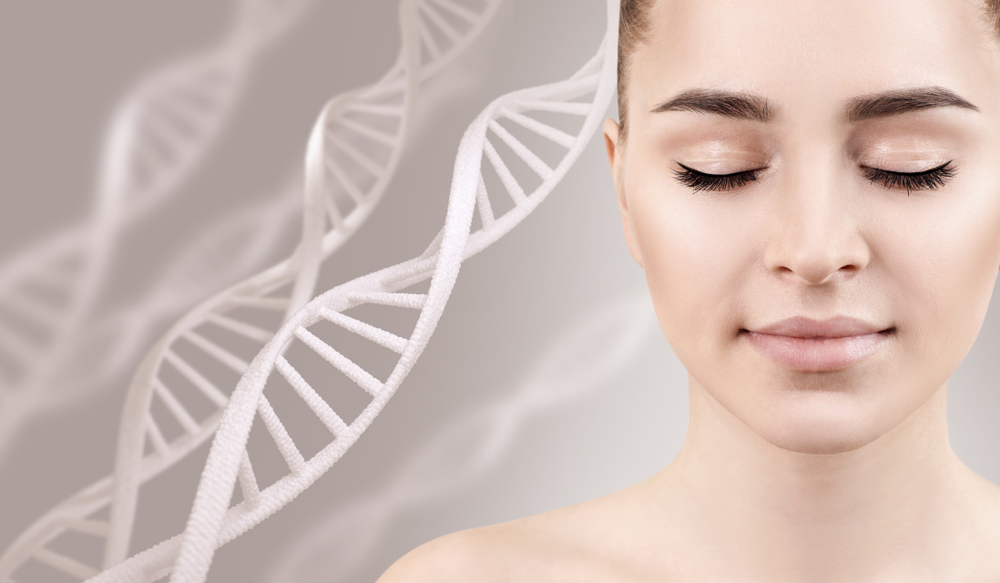Originally posted https://aestheticmed.co.uk/patents-for-bio-cosmetic-products-have-doubled-in-last-5-years
Patent applications for ‘bio-cosmetic’ products doubled to 12,130 in 2024 from 6025 in 2020, according to intellectual property law firm Mathys & Squire.
Bio-cosmetics are a rapidly growing market of consumer cosmetic products containing biological molecules that promote tissue regeneration and repair.
The number of bio-cosmetic applications also grew 9% to 12,130 from 11,130 last year. Biological molecules have long been used in complex medical procedures, but are increasingly finding novel and unique applications in cosmetics in the name of regenerative aesthetics.
These include:
-
The use of stem cell extracts in high-end anti-ageing, scar reduction and hair restoration products
-
DNA repair enzymes, including genome-editing enzymes, used to correct UV damage in skin cells
-
Stimulating collagen production in the body to delay signs of ageing
-
Exosomes carrying bioactive cargo such as proteins, peptides, lipids, RNA, and DNA used to restore skin volume, rejuvenate the skin and reduce wrinkles.
-
Polynucleotides (long chains of nucleotides derived from DNA or RNA) used in high-end cosmetics to promote tissue repair, increase hydration, and improve skin elasticity.
“These innovations were previously developed for use in complex medical procedures,” said Samantha Moodie, partner at Mathys & Squire.
“However, innovation in the cosmetics industry has begun to use treatments which harness the body’s own biological pathways to boost skin repair and regeneration.
“Carrying out research and development in the cosmetics industry can be costly, especially when developing cutting-edge technologies.
"Patents play a crucial role in helping companies recover these investments by protecting their innovations – as well as helping firms maintain their competitive advantage.”
“The strong uptick in patent fillings shows that cosmetic companies are increasingly looking to the patent system to safeguard their inventions.”
Mathys & Squire added that careful drafting of patent applications, particularly the claims, is required when covering bio-cosmetic technology that often “straddles the line between medical and cosmetic applications.”
“Often cosmetic companies have to rely on patent applications that cover a new and innovative use of an already known biological molecule for cosmetic treatment,” continued Moodie.
“Uses that have a medical or therapeutic effect are considered unpatentable by many patent offices (such as the European patent office), whereas purely cosmetic uses are allowable.
“This means that cosmetic companies need to carefully consider the information and data provided in their patent applications as well as the precise language in their cosmetic use claims to avoid unintentionally falling within the scope of patent law that excludes patents for therapeutic or medical uses.”**
Mathys & Squire recommend that companies seeking to protect a new and innovative cosmetic use of a bio-cosmetic product should:
Use clear language to define the “cosmetic” and “non-therapeutic” effects of the product so as to avoid covering any unintended therapeutic or medical applications; avoid including statements in the description that relate to or describe any alleged therapeutic benefit of the cosmetic molecule; and define the intended user of the bio-cosmetic product as a “healthy individual” to avoid encompassing medical treatment of an unhealthy or sick ‘patient’.
Samantha Moodie added that, “In some circumstances, it may even be possible to cover cosmetic and therapeutic applications in the same application when a bio-cosmetic product has distinguishable cosmetic and therapeutic effects.
“In this scenario, a clear definition of the diseases that can be treated should be included alongside data that demonstrates the intended therapeutic effect. In addition, user groups relevant for the cosmetic use and separate data demonstrating the cosmetic effect should also be included.”
* Containing biological molecules such as stem cell extracts, exosomes, polynucleotides, collagen and endonucleases
**Article 53(c) of the European Patent Convention states that patents cannot be granted for methods treating the animal or human body by surgery or therapy, or for methods of diagnosis practiced on the animal or human body.



